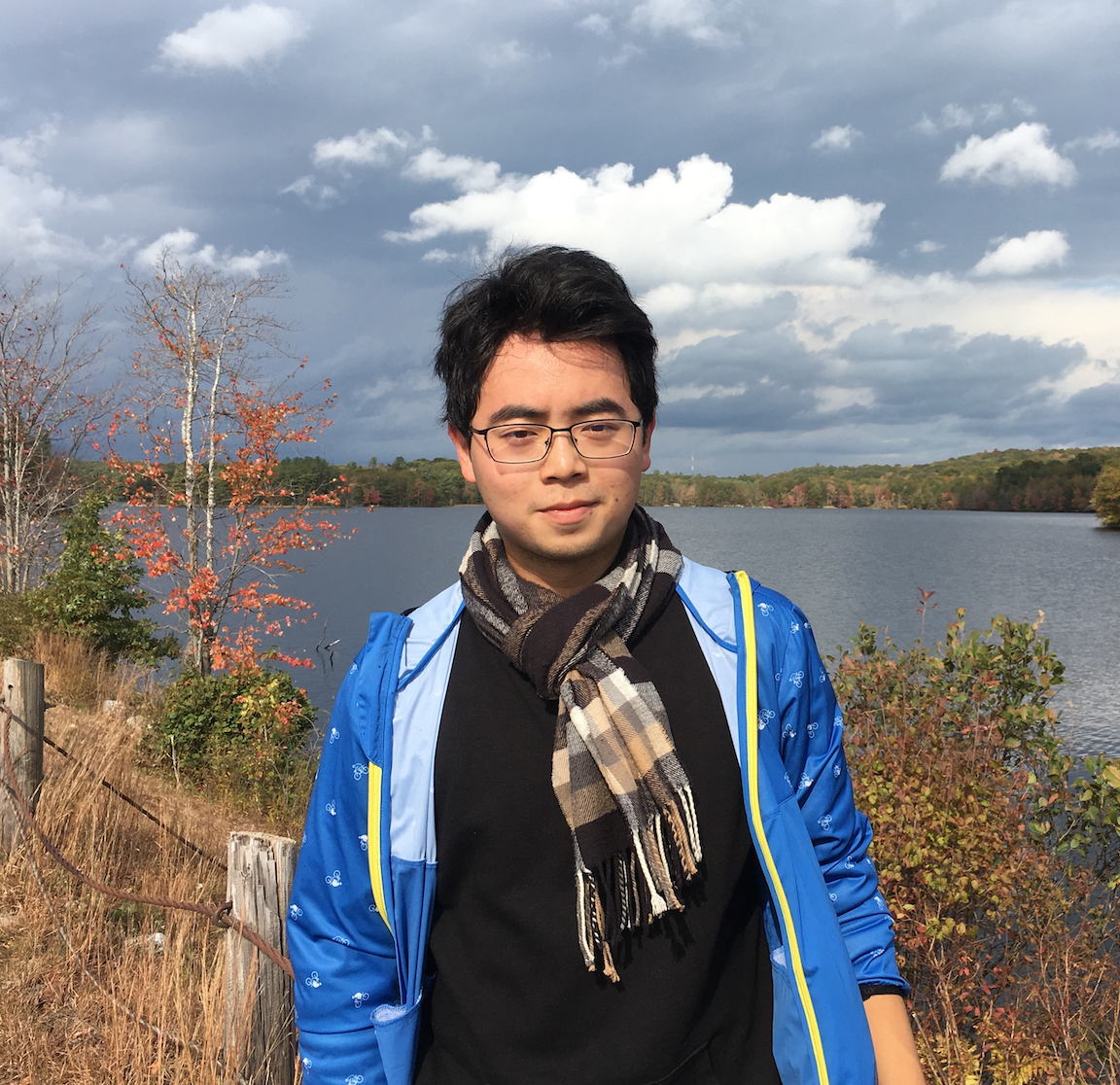Live Poster Session: Zoom Link
Thursday, July 30th 1:15-2:30pm EDT
Abstract: Pseudotachylite is a friction-induced glassy fine-grained rock observed in exhumed fault zones, and it has become the unequivocal evidence for high slip rate seismic activity in the past. Immediately after the nucleation of an earthquake, the wall rocks along the fault plane accelerates to high slip velocity (~1-10 m/s) producing heat flux over 10^7 watt per square meter at seismogenic depth of ~10 kilometers; such heat progressively melts the wall rock until the rupture arrests. Laboratory high speed rotary experiments have thoroughly examined various mechanical and physical processes yet how frictional melt dynamically affects the kinematic properties of faults is not well understood. Our work integrates the Newtonian rheology of melt layer with a classical two-phase Stefan Problem to numerically simulate the viscous stress drop and melt production under different Yoffe functions. Results indicate that the incipient melt thickness has negligible effect on the maximum thickness of the melt but too thin the layer as adopted by previous workers might potentially viscous braking. Under certain combinations of parameters in Yoffe function, maximum viscous shear stress and stress drop are comparable to the calculations based on the field work. However, the inability to reproduce the melt thickness measured from the sample implies the underestimation of the total slip distance or the effects of lithic fragments on the melt viscosity.
Poster-Summer-@-Wes-Donglai-YangLive Poster Session: Zoom Link
Thursday, July 30th 1:15-2:30pm EDT



The zoom link is invalid. Please join through the following:
https://wesleyan.zoom.us/j/9466882591
Hi If you are unable to join my zoom session through the zoom link above, please try the following:
Donglai Yang is inviting you to a scheduled Zoom meeting.
Topic: Quake that earth!
Time: Jul 30, 2020 01:00 PM Eastern Time (US and Canada)
Join Zoom Meeting
https://wesleyan.zoom.us/j/9466882591
Meeting ID: 946 688 2591
One tap mobile
+19294362866,,9466882591# US (New York)
+13017158592,,9466882591# US (Germantown)
Dial by your location
+1 929 436 2866 US (New York)
+1 301 715 8592 US (Germantown)
+1 312 626 6799 US (Chicago)
+1 669 900 6833 US (San Jose)
+1 253 215 8782 US (Tacoma)
+1 346 248 7799 US (Houston)
Meeting ID: 946 688 2591
Find your local number: https://wesleyan.zoom.us/u/ak5OD9aCu
Join by SIP
9466882591@zoomcrc.com
Join by H.323
162.255.37.11 (US West)
162.255.36.11 (US East)
115.114.131.7 (India Mumbai)
115.114.115.7 (India Hyderabad)
213.19.144.110 (EMEA)
103.122.166.55 (Australia)
209.9.211.110 (Hong Kong SAR)
64.211.144.160 (Brazil)
69.174.57.160 (Canada)
207.226.132.110 (Japan)
Meeting ID: 946 688 2591
Join by Skype for Business
https://wesleyan.zoom.us/skype/9466882591